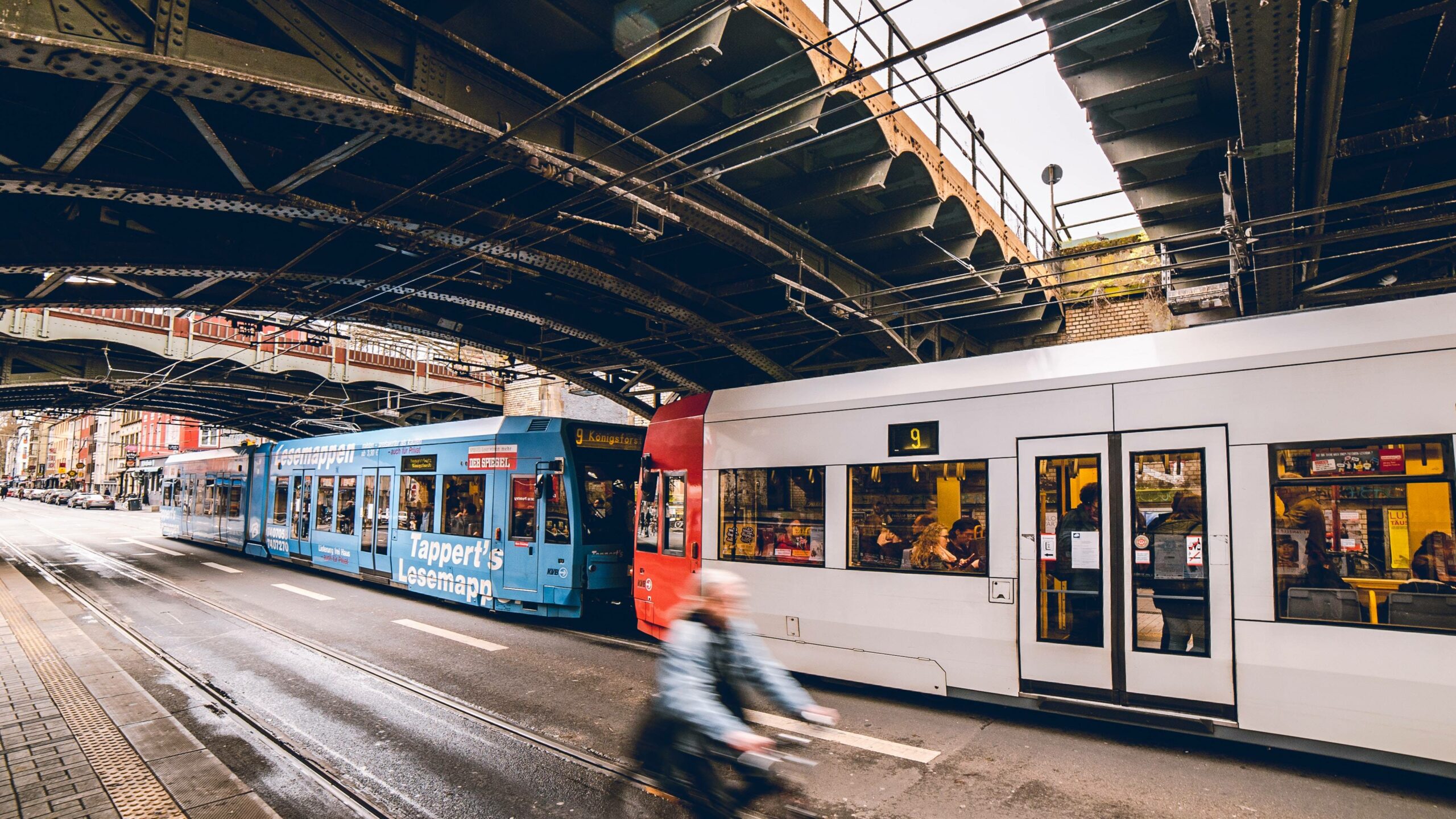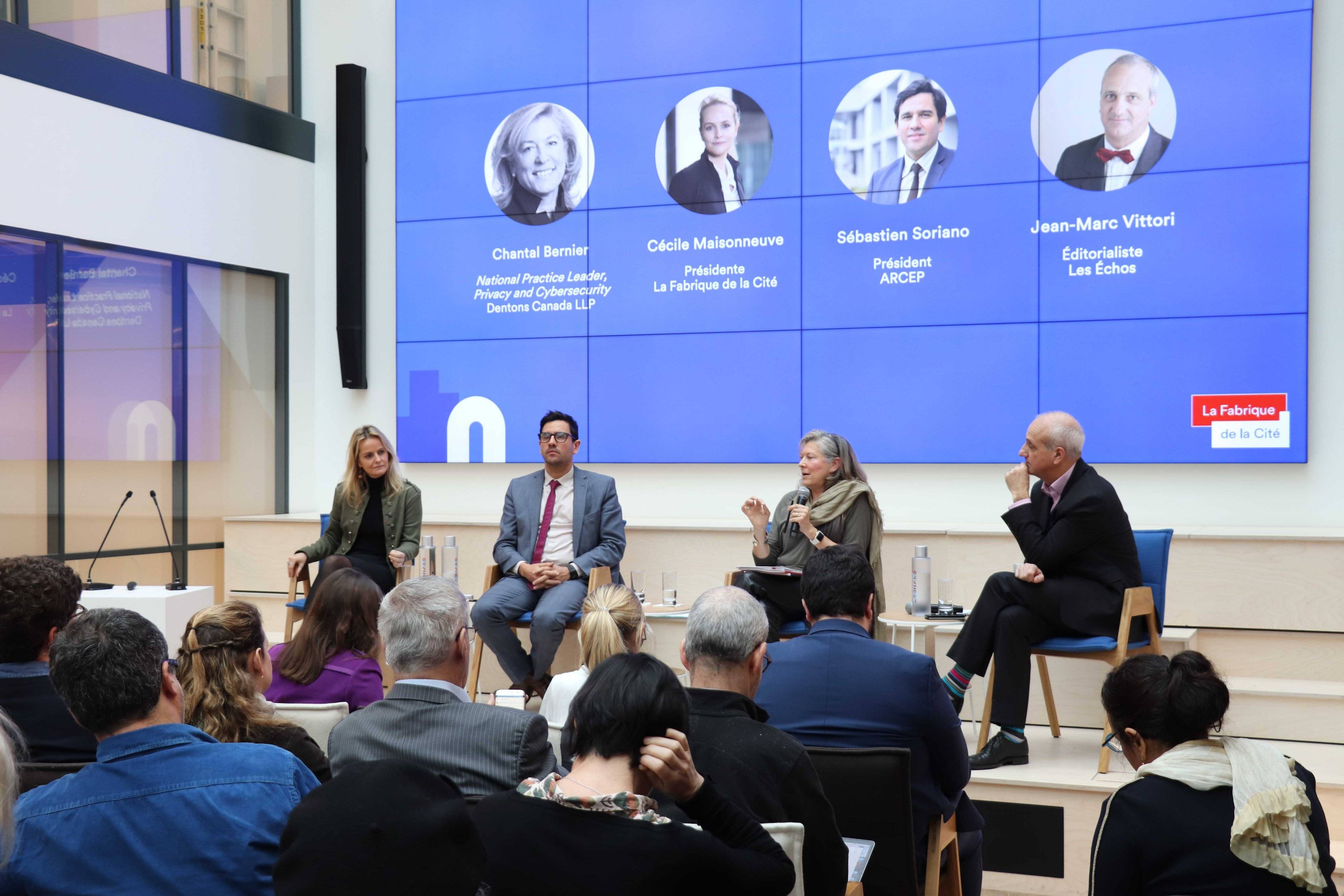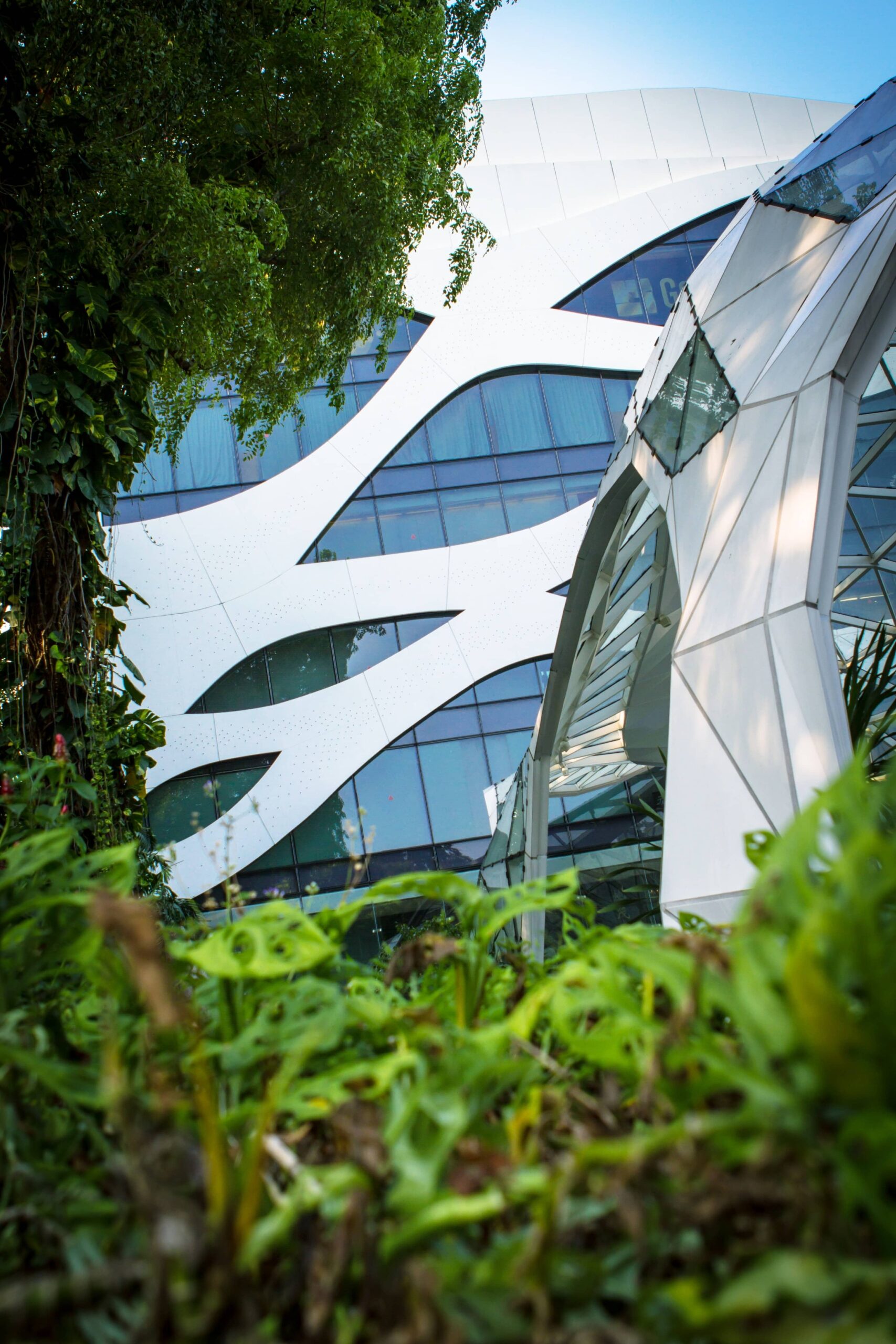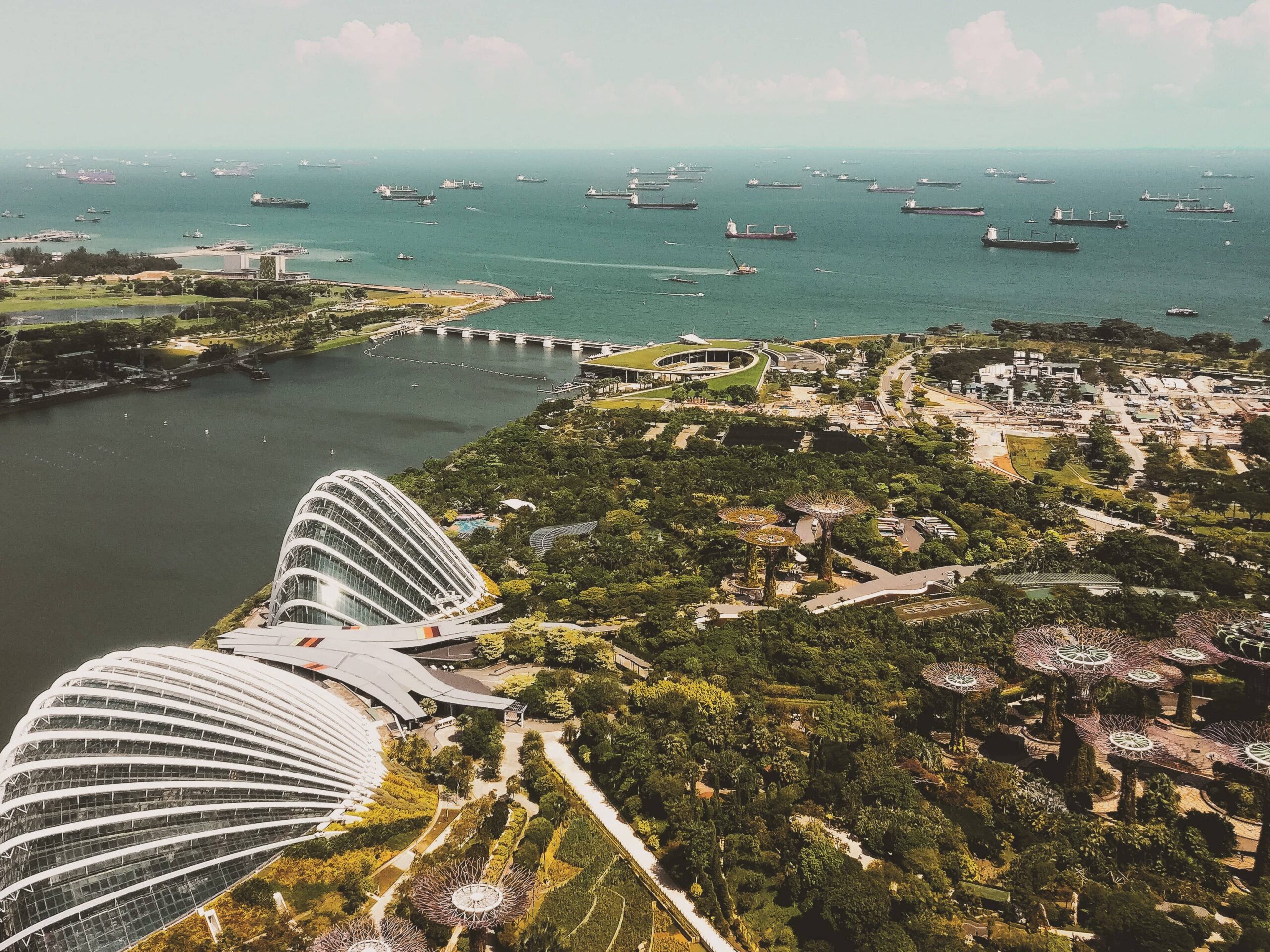

Taking distance: back to Singapore
The use of data to halt the spread of the epidemic is widely commented on, with a focus on the solutions developed by the Asian states which have rapidly “flattened” (South Korea, Singapore) or even cancelled out the epidemiological curve (Taiwan). However, as we have already pointed out, it is indeed the triptych of data/distance/testing that enabled these countries to control the epidemic without containing it. In this respect, the link between the first two elements of the triptych, data and distancing, deserves to be examined. The subject of data is certainly fascinating, but it is now obvious that, during the period in which we will have to live with the virus, “distance” will become the keyword in our behavior as urban dwellers.
The action on physical distancing is itself based on three levers: personal discipline, action on public space (widening it, markings on the ground…) and the use of data. On this last point, it is worth looking at what both the Singaporean State and the city of Singapore are doing: one of Singapore’s great strengths is its ability to act both on regalian matters in a very centralized manner and with the pragmatism and efficiency required for the provision of urban services. Once again, Singapore is demonstrating remarkable and inspiring initiatives.
The first of these, Space Out, is a real-time mapping of shopping centers, supermarkets and post offices, developed by the powerful Urban Redevelopment Authority (URA) in conjunction with the operators of these public places. The maps show, in real time, the level of frequentation of these places; by clicking on each one, a daily schedule regularly updated allows you to see, hour by hour, the level of frequentation during the past week. The second, Safe Distance @ Parks, is based on the same principle, presenting a real-time map of public park usage developed by the NParks green spaces agency, based on data collected directly by the agency. It should be recalled that 47% of the surface area of the city-state is made up of green spaces.
Once again, the Singaporean approach is distinguished by its ability to create effective alliances, serving both health and the economy. Of course, the existence of powerful public agencies facilitates these multi-actor approaches, but even in Singapore, the city’s actors have their own agendas and cultures: even in Singapore, aligning positions requires negotiation. Moreover, by putting data at the service of citizen-consumers, it helps to create trust. This is a crucial point, especially for the period during which we will have to coexist with the virus, in the non-containment or partial containment phases. Faced with the uncertainty as to when this crisis will end, confidence is the fundamental basis that will enable the resumption of social relations, in a context where each may represent a danger to the other, the resumption of economic activity and the continuity of democratic life at a time when governments are being called upon to intervene massively, economically, legally and socially, sometimes in a very intrusive way, in our daily lives.
→ Find out more about Singapore and about public space.
Many thanks to Fabien Clavier, urban planner and researcher, attached to the Future Cities Laboratory at ETH Zurich in Singapore, for reporting on this Singaporean news.
No time to read? La Fabrique de la Cité has got you covered. Check our newsletter #25.
To be informed of our upcoming publications, please subscribe to our newsletter and follow our Twitter and LinkedIn accounts.
These other publications may also be of interest to you:

Death and life of CBD

Is resilience useful?

Long live urban density!

Behind the words: Recovery

Sending out an SOS
The ideal culprit

Behind the words: density

Behind the words: telecommuting

Behind the words: urban congestion

Behind the words: food security

180° Turn

Cities in safe boot mode
Across cities in crisis

A street named desire

Toronto: How far can the city go?

The political and technological challenges of future mobilities

Nature in the city

Viktor Mayer-Schönberger: what role does big data play in cities?

Thomas Madreiter: Vienna and the smart city
La Fabrique de la Cité
La Fabrique de la Cité is a think tank dedicated to urban foresight, created by the VINCI group, its sponsor, in 2010. La Fabrique de la Cité acts as a forum where urban stakeholders, whether French or international, collaborate to bring forth new ways of building and rebuilding cities.






















































